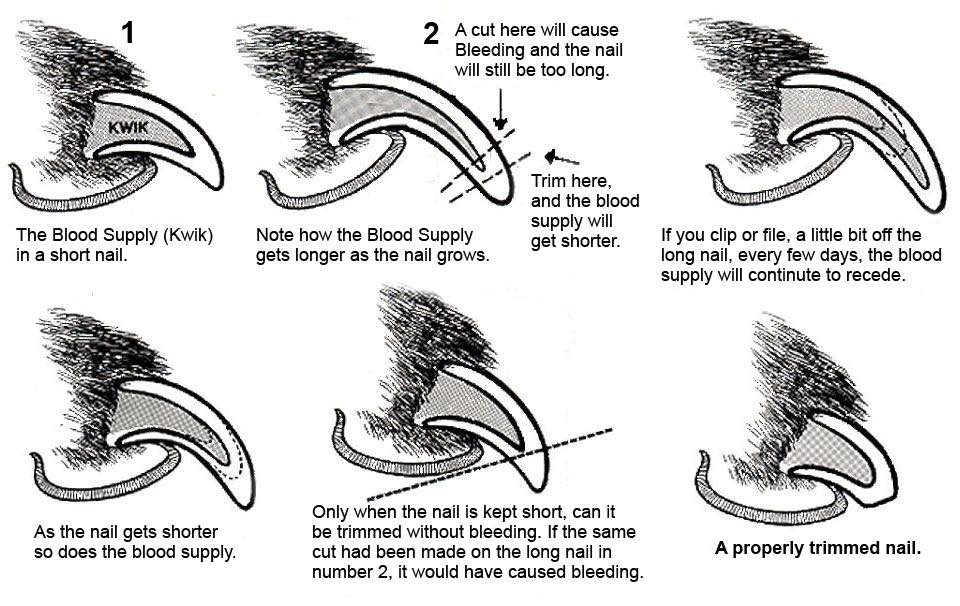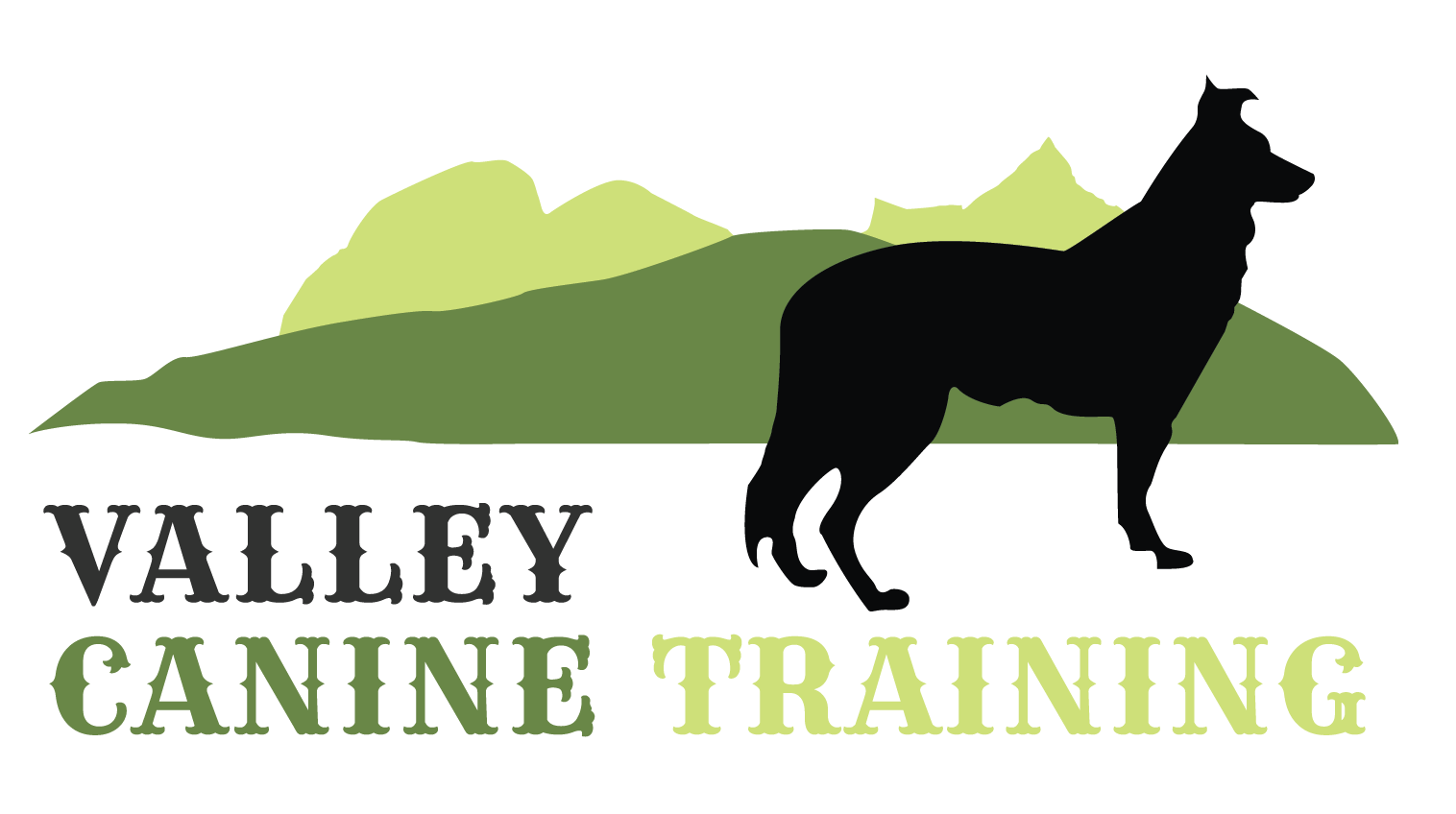-Victoria Regan Certified Master Trainer
Did you know that dogs have blood vessels called quicks (or kwiks) inside their nails? Allowing your dog’s nails to grow longer than necessary also causes the quick to grow out, making it more challenging to trim the nails without accidentally cutting the quick.
When your dog’s nails are overgrown, simply cutting them back to the correct length is not sufficient. Instead, you need to gradually trim a small amount of the nail, causing the quick to shorten towards the base of the nail. Repeat this process until the nails reach the desired length.
Once the nails are at the appropriate length, it is crucial to maintain their upkeep regularly. Regular nail trims result in a shorter quick, making future trims easier. However, if you accidentally cut the quick, it will not stop bleeding on its own. It is essential to have a product called KwikStop on hand to stop the bleeding. In emergency situations, flour or corn starch can also be used, but it will take longer and require pressure on the nail.
Initially, getting your dog comfortable with nail trims can be challenging. It is important to make the experience positive and pain-free. Offer something enticing to your dog, such as food or a toy, as a reward after the trim. This will motivate them to tolerate the nail trimming process. It is crucial to avoid cutting the quick until you are confident in your ability to trim your dog’s nails.
The quick contains nerves and cutting it accidentally can cause pain to your dog. Dogs that have experienced a quick cut before may be apprehensive about nail trims. To make the experience positive, follow these steps:
– Avoid cutting the quick.
– Provide treats and maintain a calm environment.
– If your dog is struggling, do not attempt to trim all the nails at once.
– Trim a few nails, then take a break and reward your dog.
– Praise your dog after each nail is trimmed.
– With regular trims and positive experiences, your dog will become more comfortable, making it easier to avoid cutting the quick.
If your dog struggles with nail trimming then focus on doing only 1-2 nails a day. At first keep your expectations low, most dogs struggle with nail trimming at the beginning, start slow with 1-2 nails a day until all nails are trimmed, a few weeks to a month or so later you can try trimming more nails at once until all are trimmed. Some dogs nails grow faster and some slower so evaluating their nail length between trimmings is necessary. For example my dog Misty goes down to the river quite often, and runs on the river rocks, this slowly files down her nails, resulting in her only needing her nails cut every few months but more in the winter. Depending on the frequency of nail cutting sessions, over a period of 6 months to a year your dog will gain trust in the nail trimming and it will become easy for you and your dog. If you still struggle with nail trimming after 12 months then I suggest contacting a professional groomer to help you. Of if your dogs nails are at a uncomfortable length please talk to your vet about sedation for nail trimming if medically necessary.
Regular trims will also keep the quick short, making it easier to maintain your dog’s nails. However, if you continue to struggle with cutting the quick or your dog is difficult to manage during nail trims, it is advisable to seek help from a professional groomer.
Overgrown nails can cause discomfort for your dog while walking, standing, or running as they can dig into the soft tissue of their paws. Just because you may not be able to trim your dog’s nails at home or your dog resists, it does not mean they should endure painful overgrown nails.
I hope this information helps you establish a nail trimming routine that works for you. Remember, even though dogs may not show it, they will appreciate your efforts in keeping their nails healthy and comfortable.

